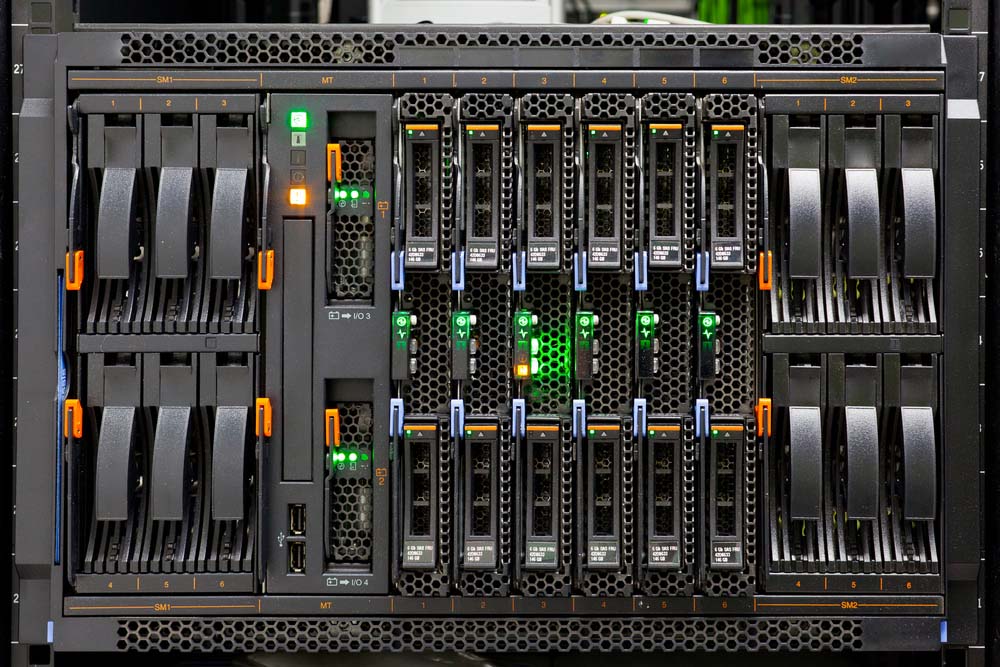In March 2015, PGS purchased a 5-petaflops Cray XC supercomputer and a Cray Sonexion storage solution. The Cray systems were instrumental in producing the most detailed images ever of The Gulf of Mexico’s subsurface as part of the PGS Triton survey – considered the most revolutionary and technologically advanced survey ever conducted in the region. The new system, which has been delivered and is currently in production, is the second Cray supercomputer at PGS and further strengthens one of the most powerful compute platforms in the oil and gas sector. sNamed “Galois” after the French mathematician ?variste Galois, the new Cray XC supercomputer at PGS will analye seismic data to produce more accurate images and multi-dimensional models of the Earth’s subsurface beneath the ocean floor. The new system will allow PGS to run larger jobs with more complex data and algorithms that will produce higher-quality images in less time. With the expanded supercomputing capabilities, PGS can give its customers the ability to better locate oil and gas deposits.
“Galois provides forward-thinking computational capabilities for faster delivery of reverse time migration images and full waveform inversion studies,” said Guillaume Cambois, executive vice president for imaging and engineering at PGS. “PGS has brought unique capabilities to the market using Cray supercomputers, enabling the advanced generation and analysis of high resolution pre-stack images of the subsurface.”
“Today’s most advanced seismic survey datasets encompass many hundreds of terabytes, and gaining insight from this data lies squarely at the convergence of supercomputing and big data,” said Barry Bolding, chief strategy officer at Cray. “The Cray supercomputers allow PGS to quickly process this data into an accurate, clear image of what’s lying underneath the sea floor, through kilometers of varied geology. This is an extraordinarily complex computational challenge, and is where PGS excels. We’re thrilled PGS continues to rely on Cray supercomputers to power the next generation of seismic processing and imaging.”




